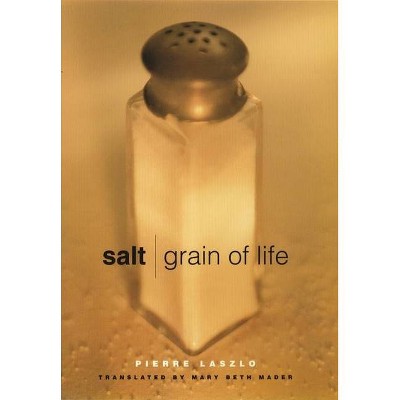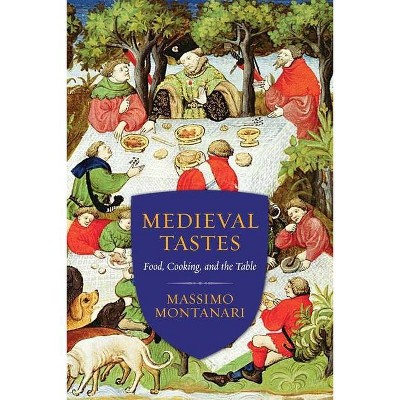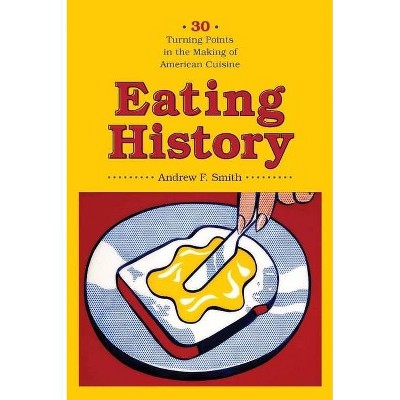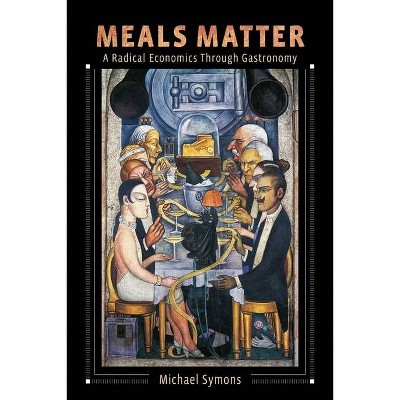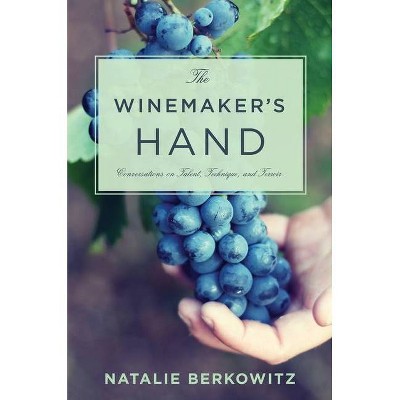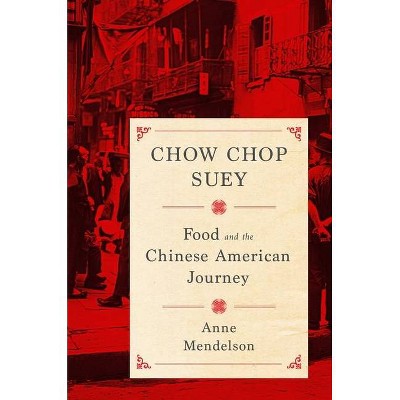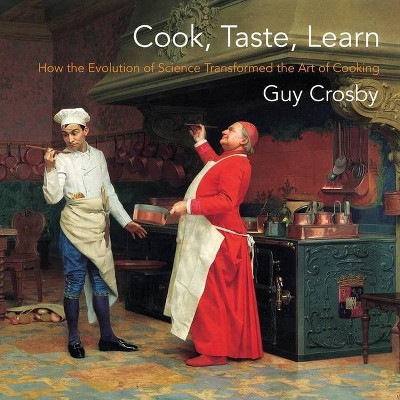Garden Variety - (Arts and Traditions of the Table: Perspectives on Culinary H) by John Hoenig (Hardcover)
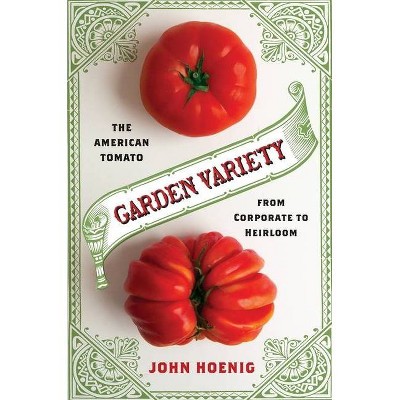
Similar Products
Products of same category from the store
AllProduct info
<p/><br></br><p><b> About the Book </b></p></br></br>John Hoenig explores the path by which the tomato went from a rare seasonal crop to America's favorite vegetable. <i>Garden Variety</i> illuminates American culinary culture from 1800 to the present, challenging a simple story of mass-produced homogeneity and demonstrating the persistence of diverse food cultures throughout modern America.<p/><br></br><p><b> Book Synopsis </b></p></br></br>Chopped in salads, scooped up in salsa, slathered on pizza and pasta, squeezed onto burgers and fries, and filling aisles with roma, cherry, beefsteak, on-the-vine, and heirloom: where would American food, fast and slow, high and low, be without the tomato? The tomato represents the best and worst of American cuisine: though the plastic-looking corporate tomato is the hallmark of industrial agriculture, the tomato's history also encompasses farmers' markets and home gardens. <i>Garden Variety</i> illuminates American culinary culture from 1800 to the present, challenging a simple story of mass-produced homogeneity and demonstrating the persistence of diverse food cultures throughout modern America. <p/>John Hoenig explores the path by which, over the last two centuries, the tomato went from a rare seasonal crop to America's favorite vegetable. He pays particular attention to the noncorporate tomato. During the twentieth century, as food production, processing, and distribution became increasingly centralized, the tomato remained king of the vegetable garden and, in recent years, has become the centerpiece of alternative food cultures. Reading seed catalogs, menus, and cookbooks, and following the efforts of cooks and housewives to find new ways to prepare and preserve tomatoes, Hoenig challenges the extent to which branding, advertising, and marketing dominated twentieth-century American life. He emphasizes the importance of tomatoes to numerous immigrant groups and their influence on the development of American food cultures. <i>Garden Variety </i>highlights the limits on corporations' ability to shape what we eat, inviting us to rethink the history of our foodways and to take the opportunity to expand the palate of American cuisine.<p/><br></br><p><b> Review Quotes </b></p></br></br><br>Hoenig reminds us that forces have always existed to counter the strength and logic of the industrial food system, and that is a good historical lesson.--Journal of American History<br><br>[John Hoenig] has done an excellent job from very disparate evidence.--Robin Lane Fox "Financial Times "<br><br>John Hoenig crafts a clear, engaging, and comprehensive account of the tomato's journey from an obscure and maligned food to an American dietary staple. This informative book belongs in the hands of all readers curious about the relationships between food, labor, migration, technology, and culture.--Jennifer Jensen Wallach, author of <i>How America Eats: A Social History of US Food and Culture</i><br><br>A well-written book that demonstrates that the story of industrial food may not be nearly as linear or as top-down as we have thought.--James McWilliams, Texas State University<br><p/><br></br><p><b> About the Author </b></p></br></br>John Hoenig is lecturer in history at Pennsylvania State University and also teaches history at Texas Woman's University in Denton, Texas.
Price History
Cheapest price in the interval: 37 on November 8, 2021
Most expensive price in the interval: 37 on December 20, 2021
Price Archive shows prices from various stores, lets you see history and find the cheapest. There is no actual sale on the website. For all support, inquiry and suggestion messagescommunication@pricearchive.us
